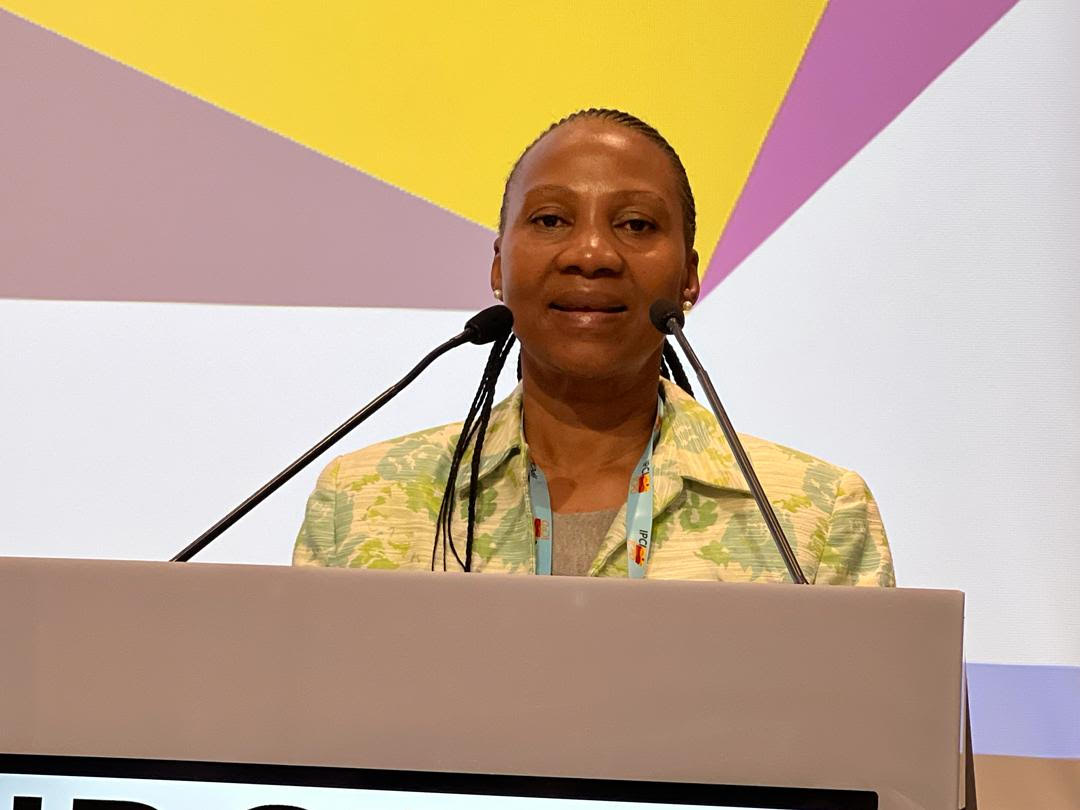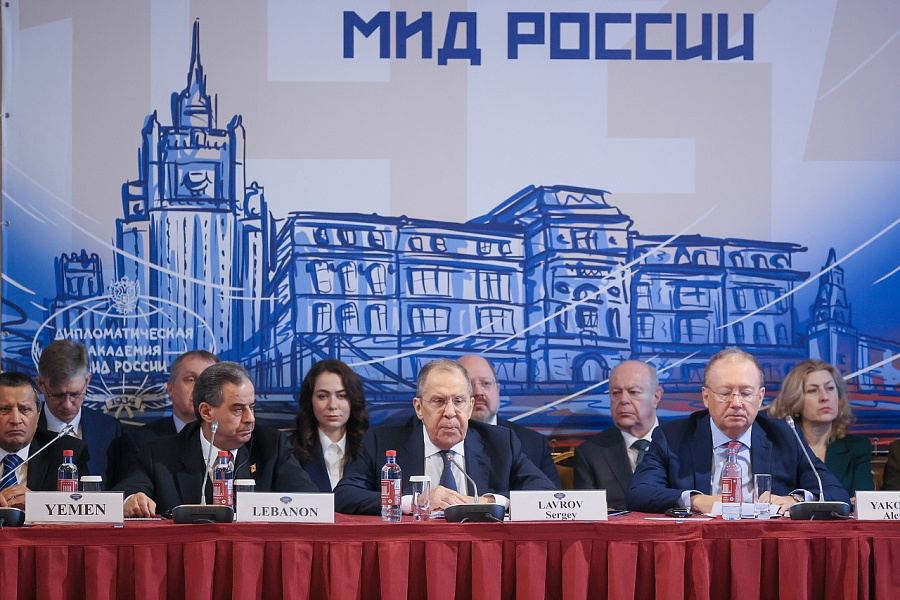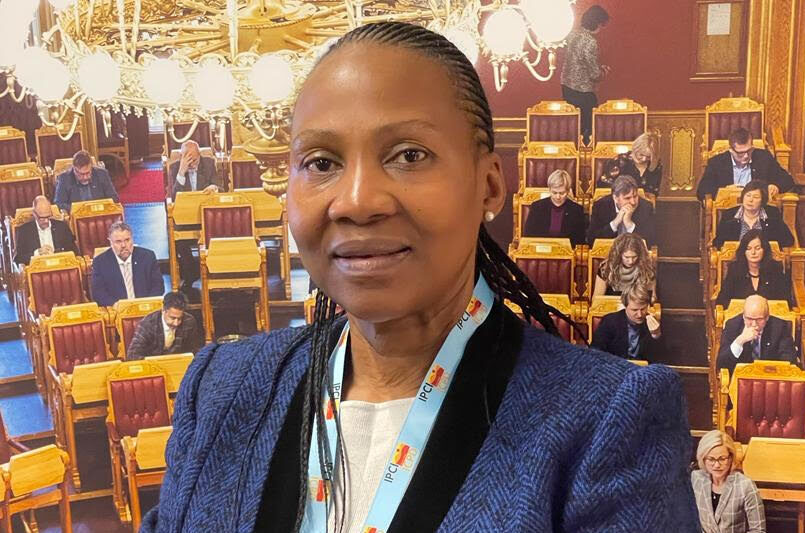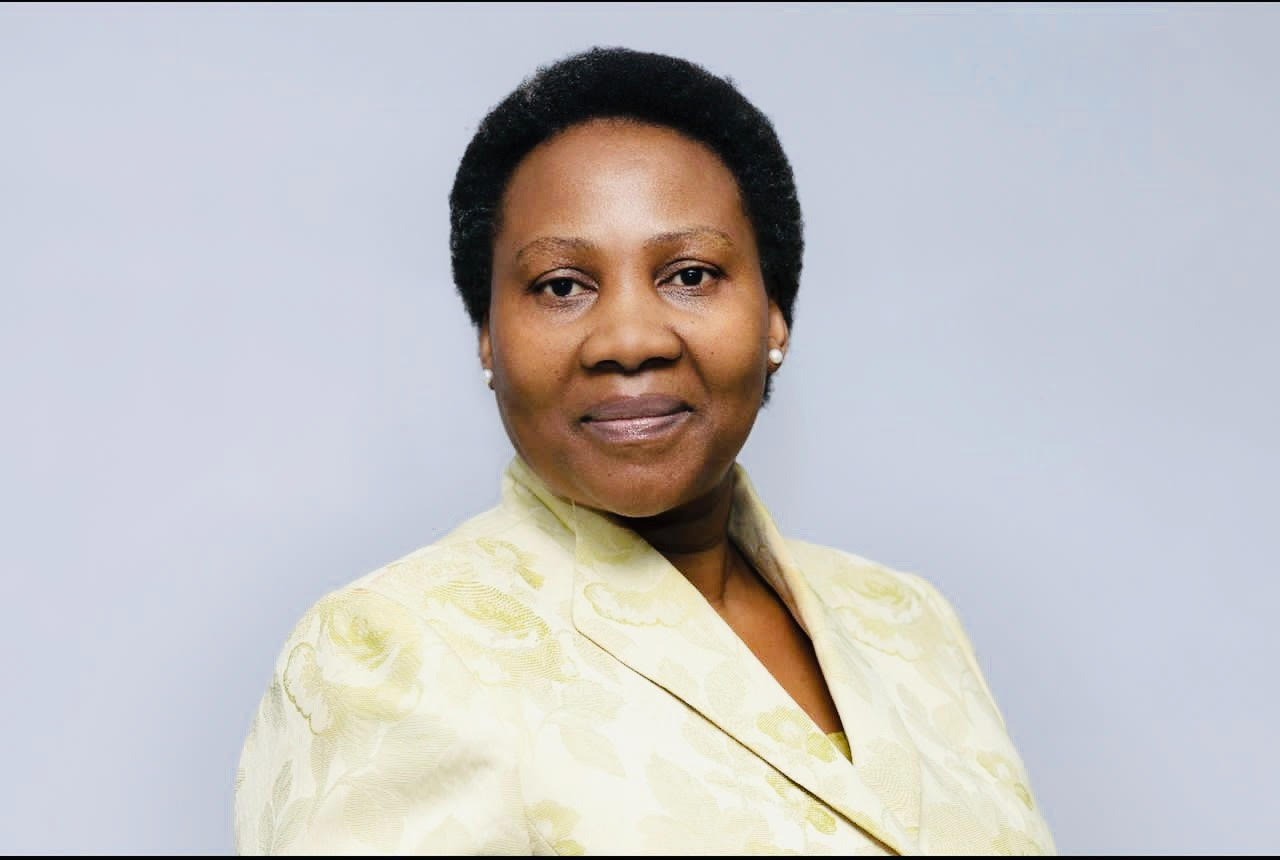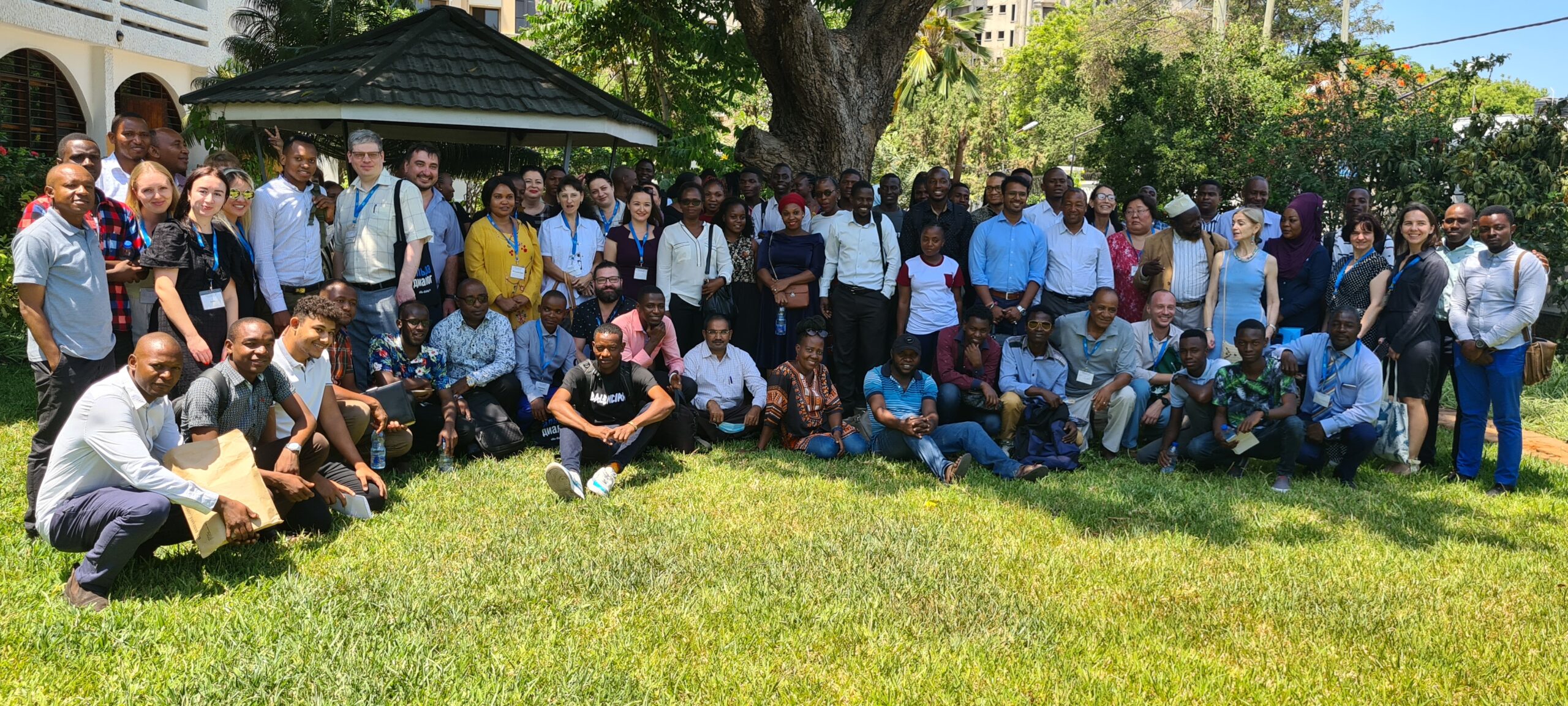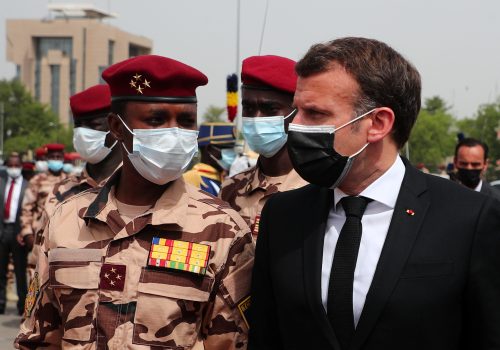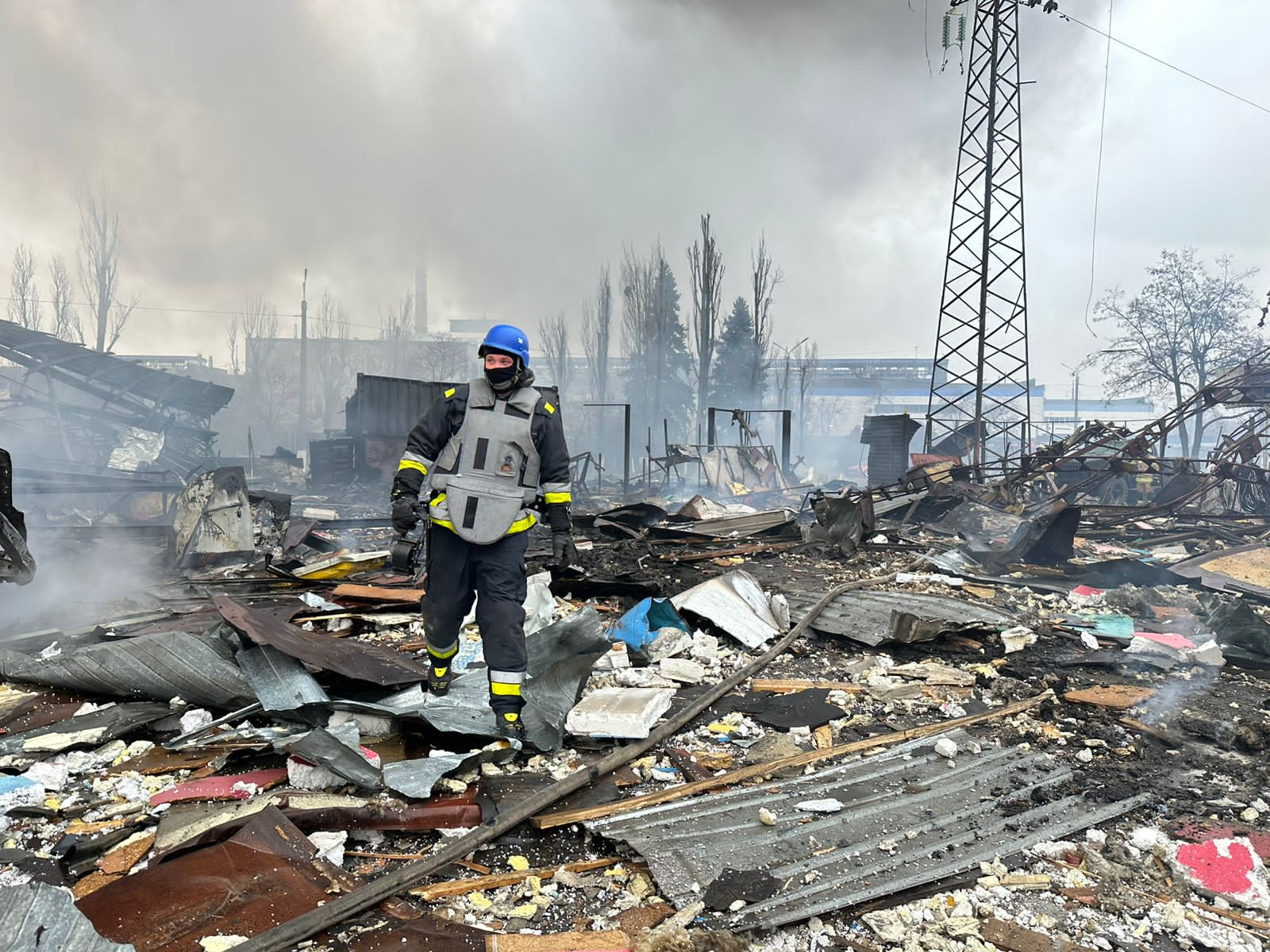
Ruins and devastation stare Ukraine in the eye but ceasefire or peace talks are not an option for the authorities
14 December 2023 14:51
FOREIGN AFFAIRSRUSSIA’S AGGRESSION AGAINST UKRAINEUSA
It was almost two years ago that Russia launched its full-scale invasion of Ukraine. As another winter of war arrives, voices skeptical of the country’s prospects are growing louder—not in diplomatic meetings or military planning sessions, but rather in news reports and in expert commentary. Most do not openly argue that Ukraine should simply give up its fight, but the pessimism, buttressed by supposedly pragmatic arguments, carries clear strategic implications that are both dangerous and wrong.

These skeptics suggest that the current situation on the battlefield will not change and that, given Russia’s vastly greater resources, the Ukrainians will be unable to retake more of their territory. They argue that international support for Ukraine is eroding and will plummet sharply in the coming months. They invoke “war fatigue” and the supposedly bleak prospects of our forces.
The skeptics are correct that our recent counteroffensive did not achieve the lightning-fast liberation of occupied land, as the Ukrainian military managed in the fall of 2022 in the Kharkiv region and the city of Kherson. Observers, including some in Ukraine, anticipated similar results over the past several months, and when immediate success did not materialize, many succumbed to doom and gloom. But pessimism is unwarranted, and it would be a mistake to let defeatism shape our policy decisions going forward. Instead, policymakers in Washington and other capitals should keep the big picture in mind and stay on track. A Ukrainian victory will require strategic endurance and vision—as with our recent counteroffensive, the liberation of every square mile of territory requires enormous sacrifice by our soldiers—but there is no question that victory is attainable.
Over nearly two years of brutal war in Ukraine, Russian President Vladimir Putin has upped the ante to the point that half-solutions are impossible. Any outcome besides a clear defeat of Russia in Ukraine would have troubling implications, and not just for my country—it would cause a global disarray that would ultimately threaten the United States and its allies as well. Authoritarian leaders and aggressors around the world are keeping a close watch on the results of Putin’s military adventure. His success, even if partial, would inspire them to follow in his footsteps. His defeat will make clear the folly of trying.
Stages of victory
Wars of this scale are fought in stages. Some of those stages may be more successful than others. What matters is the end result. In Ukraine, that means both fully restoring our territorial integrity and bringing those responsible for international crimes to justice—goals that are both clear and feasible. Meeting those objectives would ensure not only a just and lasting peace in Ukraine but also that other malicious forces around the world are not left with the impression that mimicking Putin will ultimately pay off.
The current phase of the war is not easy for Ukraine or for our partners. Everyone wants quick, Hollywood-style breakthroughs on the battlefield that will bring a quick collapse of Russia’s occupation. Although our objectives will not be reached overnight, continued international support for Ukraine will, over time, ensure that local counteroffensives achieve tangible results on the frontlines, gradually destroying Russian forces and thwarting Putin’s plans for a protracted war.
Some skeptics counter that although such goals are just, they simply aren’t achievable. In fact, our objectives will remain militarily feasible as long as three factors are in place: adequate military aid, including jets, drones, air defense, artillery rounds, and long-range capabilities that allow us to strike deep behind enemy lines; the rapid development of industrial capacity in the United States and Europe as well as in Ukraine, both to cover Ukraine’s military needs and to replenish U.S. and European defense stocks; and a principled and realistic approach to the prospect of negotiations with Russia.
With these elements in place, our effort will bring marked progress on the frontlines. Yet that requires not veering off course and concluding that the fight is hopeless simply because one stage has fallen short of some observers’ expectations. Even with significant challenges, Ukraine has achieved notable results in recent months. We won the battle for the Black Sea and thereby restored a steady flow of maritime exports, benefiting both our economy and global food security. We’ve made gains on the southern front, recently securing a bridgehead on the eastern bank of the Dnipro River. And elsewhere, we have held off enormous Russian assaults and inflicted major losses on Russian forces, including by thwarting their attempts on Avdiivka and Kupiansk. Despite their gargantuan effort, Russian troops failed to secure any gains on the ground.
Indeed, over the last year and a half, the Ukrainian military has proved its ability to surprise skeptics. Against all odds, Ukrainian forces have liberated more than half of the territory taken by Russia since February 2022. This did not happen with a single blow. After the liberation of Ukraine’s northeast in the first months of the war, we lost some ground in the east before regaining momentum—a sequence that demonstrates why drawing broad conclusions based on one stage of fighting is misleading. If the war were only about numbers, we would have already lost. Russia may try to outnumber us, but the right strategy, advanced planning, and adequate support will allow us to effectively strike back.
The fallacy of negotiations
Some analysts believe that freezing the conflict by establishing a cease-fire is a realistic option at the moment. Proponents of such a scenario argue that it would lower Ukrainian casualties and allow Ukraine and its partners to focus on economic recovery and rebuilding, integration into the European Union and NATO, and the long-term development of our defense capabilities.
The problem is not just that a cease-fire now would reward Russian aggression. Instead of ending the war, a cease-fire would simply pause the fighting until Russia is ready to make another push inland. In the meantime, it would allow Russian occupying troops to reinforce their positions with concrete and minefields, making it nearly impossible to drive them away in the future and condemning millions of Ukrainians to decades of repression under occupation. Russia’s 2024 budget for the temporarily occupied territories of Ukraine, amounting to 3.2 trillion Russian rubles (around $35 billion), is clear evidence of Moscow’s plan to dig in for the long haul and suppress resistance to Russian occupation authorities.
Moreover, whatever the arguments that such a scenario would be less costly for Ukraine and its partners, the reality is that such a negotiated cease-fire is not even on the table. Between 2014 and 2022, we endured approximately 200 rounds of negotiations with Russia in various formats as well as 20 attempts to establish a cease-fire in the smaller war that followed Russia’s 2014 illegal annexation of Crimea and occupation of Ukraine’s east. Our partners pressed Moscow to be constructive, and when they ran into the Kremlin’s diplomatic wall, they insisted that Ukraine had to take the “first step,” if only to demonstrate that Russia was the problem. Following this flawed logic, Ukraine made some painful concessions. Where did it lead? To Russia’s full-scale attack on February 24, 2022. Declaring yet again that Ukraine must take the first step is both immoral and naïve.
If the frontline were frozen now, there is no reason to believe that Russia would not use such a respite to plan a more brutal attack in a few years, potentially involving not only Ukraine but also neighboring countries and even NATO members. Those who believe Russia will not attack a NATO country after celebrating success in Ukraine should recall how unimaginable a large-scale invasion of Ukraine seemed just two years ago.
Supporting Ukraine is not charity
Skeptics also argue that supporting Ukraine’s fight for freedom is too expensive and cannot be sustained indefinitely. We in Ukraine are fully aware of the amounts of assistance that we have received from the United States, European countries, and other allies, and we are immensely grateful to the governments, legislators, and individuals who have extended a helping hand to our country at war. We manage the support in the most transparent and accountable way: U.S. inspectors of military aid to Ukraine have found no evidence of significant waste, fraud, or abuse.
This support is not, and never has been, charity. Every dollar invested in Ukraine’s defense returns clear security dividends for its supporters. It has enabled Ukraine to successfully rebuff Russian aggression and avert a disastrous escalation in Europe. And Ukraine has done all this with American assistance totaling roughly 3 percent of the annual U.S. defense budget. What’s more, most of this money has in fact been spent in the United States, funding the U.S. defense industry, supporting the development of cutting-edge technology, and creating American jobs—a reason that some local business leaders in the United States have publicly opposed withholding or cutting military aid to Ukraine.
Moreover, while the United States is Ukraine’s top defense partner—and Washington’s leadership in rallying support for Ukraine has been exemplary and essential—the United States has hardly borne the burden alone. As NATO’s secretary-general, Jens Stoltenberg, recently noted, other NATO members, including European countries and Canada, account for more than half of Ukraine’s military aid. A number of countries have provided more support as a percentage of GDP than the United States has: the Czech Republic, Denmark, Estonia, Finland, Latvia, Lithuania, the Netherlands, Norway, Poland, Slovakia, and the United Kingdom. Germany’s assistance continues to grow, making it Ukraine’s largest European supporter in absolute terms.
Attempts by some skeptics to brand Ukraine’s fight for freedom as just another futile “forever war” ignore these facts. Ukraine has never asked for American boots on the ground. The deal is fair: our partners provide us with what we need to win, and we do the rest of the job ourselves, defending not only our borders but also the borders of global democracy.
The United States has spent decades, and hundreds of billions of dollars, building and protecting an international order that could sustain and protect democracy and market economies, thus ensuring security and prosperity for Americans. It would be foolish to give up on that investment now. If democracy is allowed to fall in Ukraine, adversaries of the United States will perceive weakness and understand that aggression pays. The price tag for defending U.S. national security against such threats would be many times higher than the one for supporting Ukraine and could spark decades of global turbulence with an uncertain outcome.
Scholars and analysts often warn of a World War III involving nuclear conflict between great powers. But they may overlook the risk of a world of smaller hot wars between states, with bigger powers feeling empowered to take advantage of their smaller neighbors—World Wars I, plural, rather than World War III. Without a common commitment to Ukrainian victory, Russian aggression could in hindsight mark the onset of such a world.
Listen to Ukrainians
No country in the world desires peace more than Ukraine. It is not our side that wants this war to drag on indefinitely—Putin does. (We have a clear vision of the path to peace, as laid out in President Volodymyr Zelensky’s ten-point Peace Formula.) And it is Ukraine that is paying the greatest price for this war. We are losing some of our best men and women every day. There is hardly a Ukrainian family that has not directly felt the pain of war. Our warriors have in many cases been serving for more than 20 months, stuck in muddy or icy trenches under daily Russian bombardment, with no return date in sight; the toll on civilians, whether enduring brutal air strikes or occupation, keeps growing, and the horror of Ukrainian children being stolen and then “adopted” by Russian families for “re-education” continues to haunt us all.
Yet even with our suffering, weariness, and struggles, Ukrainians are not willing to give up, to opt for “peace” at any price. Eighty percent of Ukrainians oppose making territorial concessions to Russia, according to a recent survey conducted by the Kyiv International Institute of Sociology. Another poll found that 53 percent of Ukrainians were prepared to endure years of wartime hardship for the sake of a Ukrainian victory. Ukrainians would not be ready to give up even in the event of a significant decrease in foreign military aid: polling in November by the New Europe Center showed that only eight percent of Ukrainians think that such a reduction should push us into negotiations with Russia. (Thirty-five percent said that a Russian willingness to withdraw troops from Ukraine would be the necessary condition for starting talks, and 33 percent said that under no conditions should talks begin at all.)
Western analysts who urge Ukraine to accept a hasty cease-fire on unfavorable terms neglect such views. For years, policymakers and experts in Europe and the United States failed to listen to Ukrainian warnings that both diplomacy and business as usual with Russia were no longer possible. It took a large-scale invasion and enormous destruction and suffering for them to recognize that the Ukrainian warnings were right. They should not fall into the same trap again.
Allies at war
In the summer of 1944, in the weeks after the World War II Allies’ D-Day landing, the headlines in allied capitals were often pessimistic: “Allied Pace Slows,” “Delays in Normandy: Overcaution of Allies and Bad Weather Seen as Factors Upsetting Schedule,” “Terrain Slows Tanks, U.S. Officer Explains.” Even after Allied success in Normandy, the massive Operation Market Garden in the German-occupied Netherlands in September 1944 proved challenging. It had been expected to bring the war to a close but instead yielded limited successes and massive Allied losses. Yet pessimistic headlines and disappointing, even costly, setbacks did not cause the Allies to give up.
At the end of last month, I attended a NATO ministerial meeting in Brussels. What struck me most was the disparity between the mood inside the chamber and the mood outside it. On the sidelines, reporters opened their questions by asserting that the war had reached a “stalemate” and that “war fatigue” would cripple support, before wondering why Ukraine wouldn’t offer to trade territory for peace. Yet such defeatist narratives were absent in the official discussions, with ministers making a firm commitment to additional military aid and sustained support.
However prevalent a false narrative of attrition becomes, we should not allow it to set policymaking and our shared strategy on a disastrous course. Nor should we be duped into believing that Moscow is ready for a fair negotiated solution. Opting to accept Putin’s territorial demands and reward his aggression would be an admission of failure, which would be costly for Ukraine, for the United States and its allies, and for the entire global security architecture. Staying the course is a difficult task. But we know how to win, and we will.

